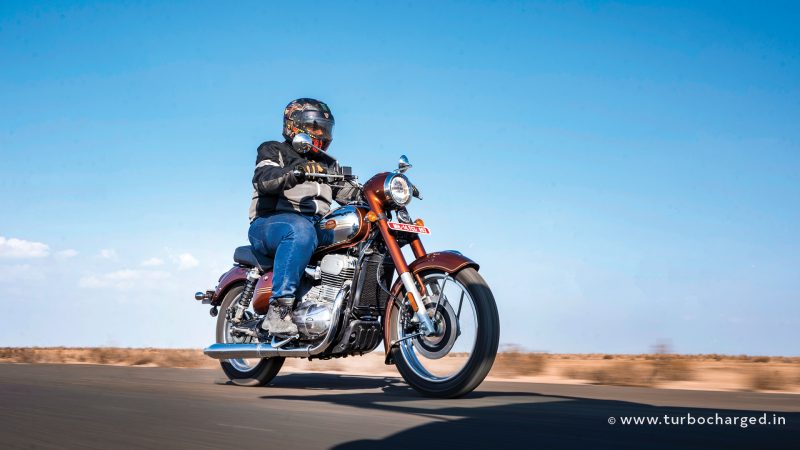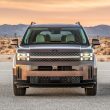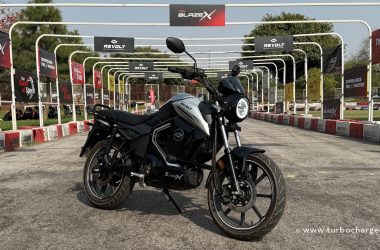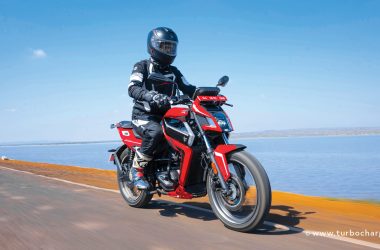Photography: Siddhant Gadekar
Power is a simple concept, in both mathematical as well as literal form. But the question that applies to both kinds of power is how much power do you really need? We all like to imagine us having the power to change things, and let’s not get started on how much power an enthusiast needs from their motorcycle. That being said, we also know that power is nothing without control, and these two thoughts seem to have been the guiding force behind the development of the new Jawa 350. It has less power and better suspension, among a multitude of other changes. Does it make a better motorcycle, not just for the average Joe, but power-hungry enthusiasts? We rode the new motorcycle at the Rann of Kutch to find out more.
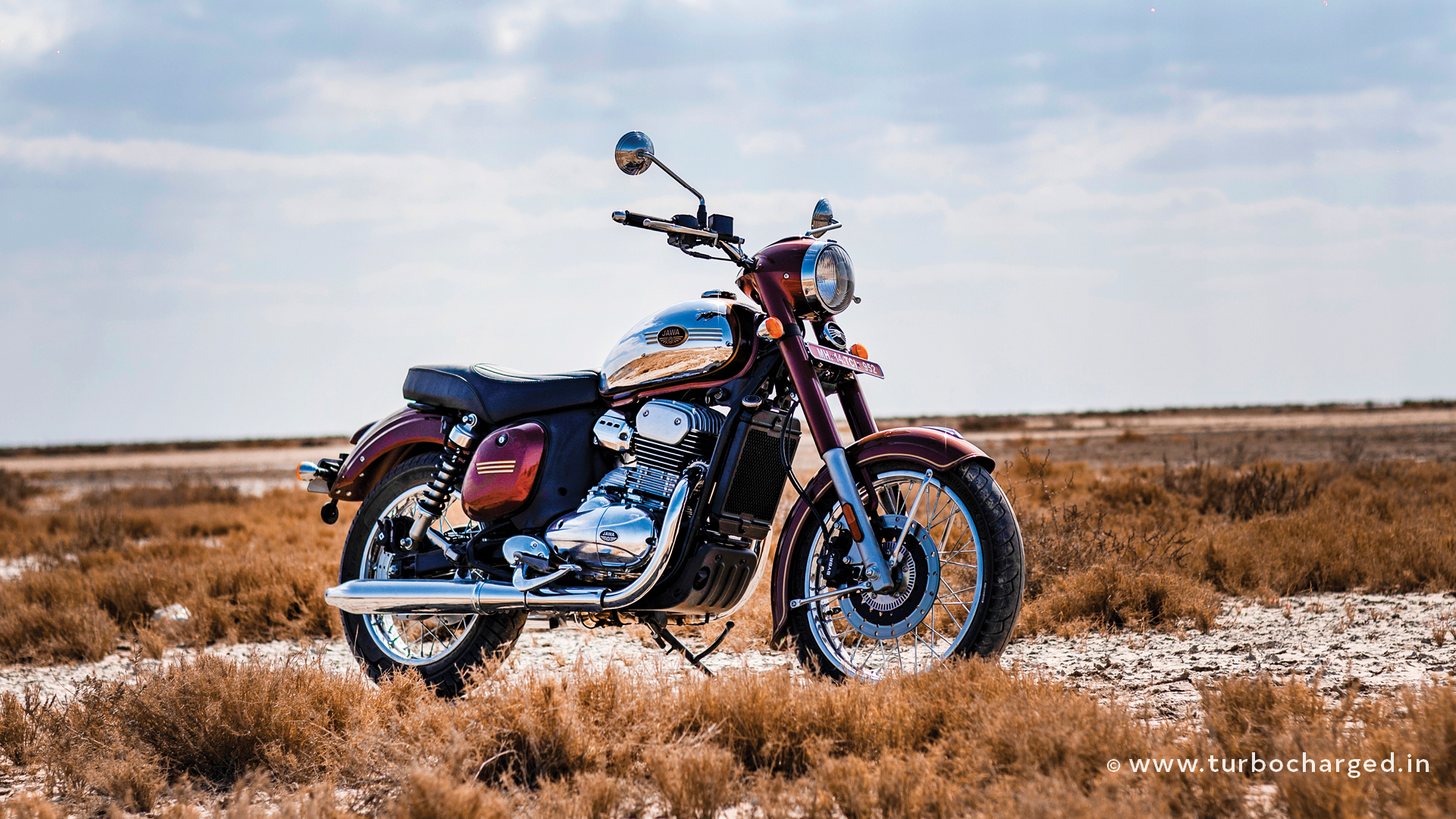
The Jawa 350 strikes a handsome pose, with clean, elegant lines and shapely bodywork including the headlamp cowl, a classic teardrop tank and sculpted side panels. The Jawa Jawa it replaces was a direct homage to the original Jawa 250 Type 353 manufactured by Ideal Jawa in India under licence from 1962 to 1973. The Jawa 350 follows this same design, just everything is larger. It’s hard to tell the difference between this and the Jawa Jawa, which could be both a good or a bad thing, depending on one’s perspective.
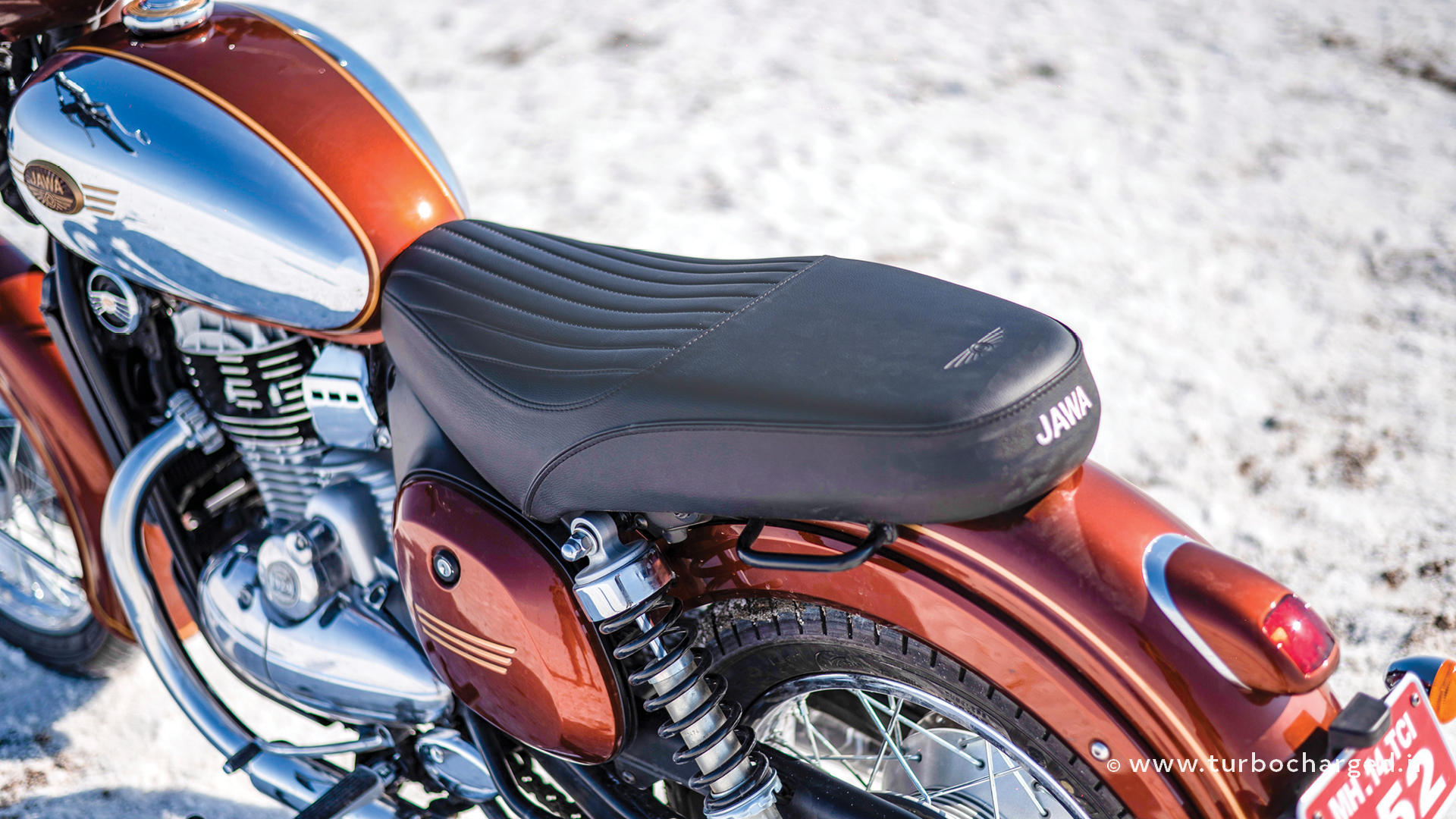
Once astride the 350, things are different, though. The larger dimensions have vacated more space for taller riders and I quickly got comfortable in the saddle. The geometry is sportier than one would expect by looking at it, with a low handlebar and mildly rear-set footpegs. The seat height is up by 25mm to 790mm and the ground clearance is increased as well. Jawa has also reinforced the seat base to stop it from flexing, thus reducing fatigue on longer rides. We can vouch for this and the seat comfort, even after riding close to 300km all day.
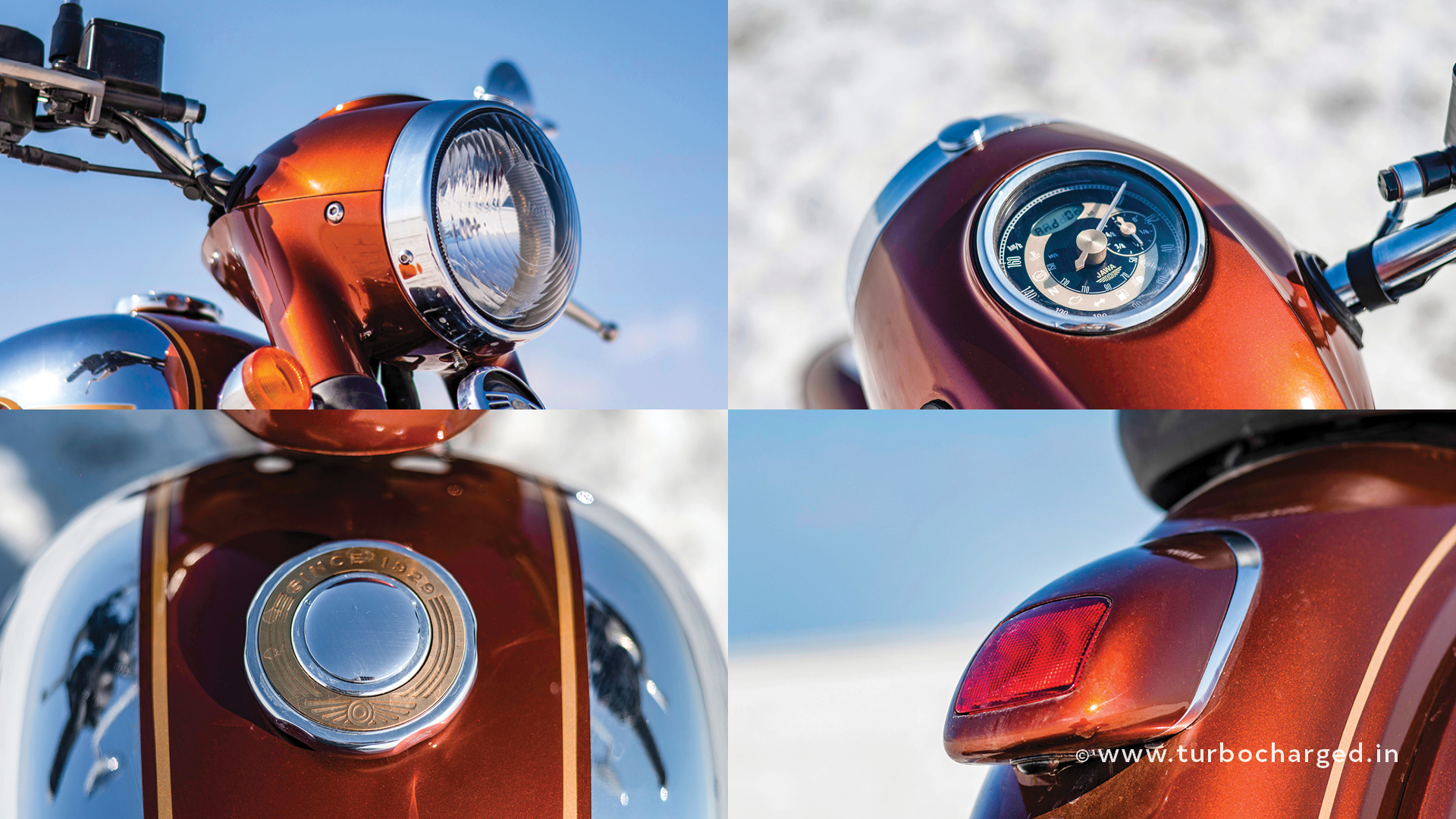
It doesn’t bother with technology, being an out-and-out retro motorcycle, which is exemplified by an analogue speedo ( it has a reverse sweep needle, like old-school Smiths dials) and an analogue fuel gauge. The build quality and fit and finish levels have considerably improved over its predecessor as well.
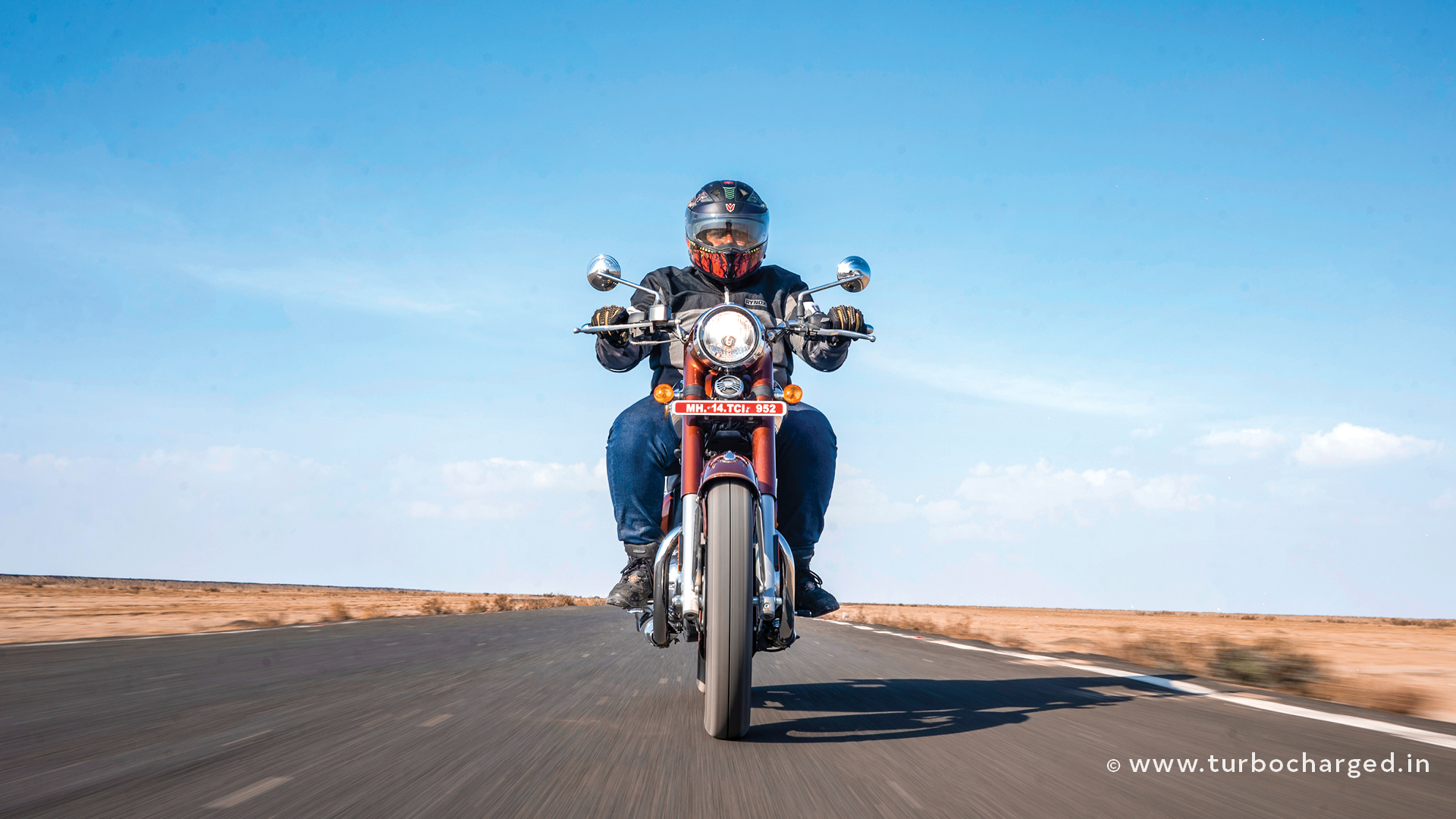
The biggest change is the engine, now displacing 334cc. It uses the same block found in the 42 Bobber and the Perak but displays different characteristics. Jawa has lowered the compression ratio to 9.5:1 from 11:1, which along with a different cam profile and timing has resulted in the lower power output of 22.6PS but a higher peak torque of 28.1Nm (27.3PS/26.8Nm on the Jawa Jawa). The torque curve is flatter as well, and Jawa has shortened the second, third and fourth gear ratios as well as the final drive, making the motorcycle feel more energetic. It also gets a new slip and assist clutch, which coupled with the shorter gearing encourages hooligan behaviour, and allows you to seamlessly shift up and down the gears in rapid succession.
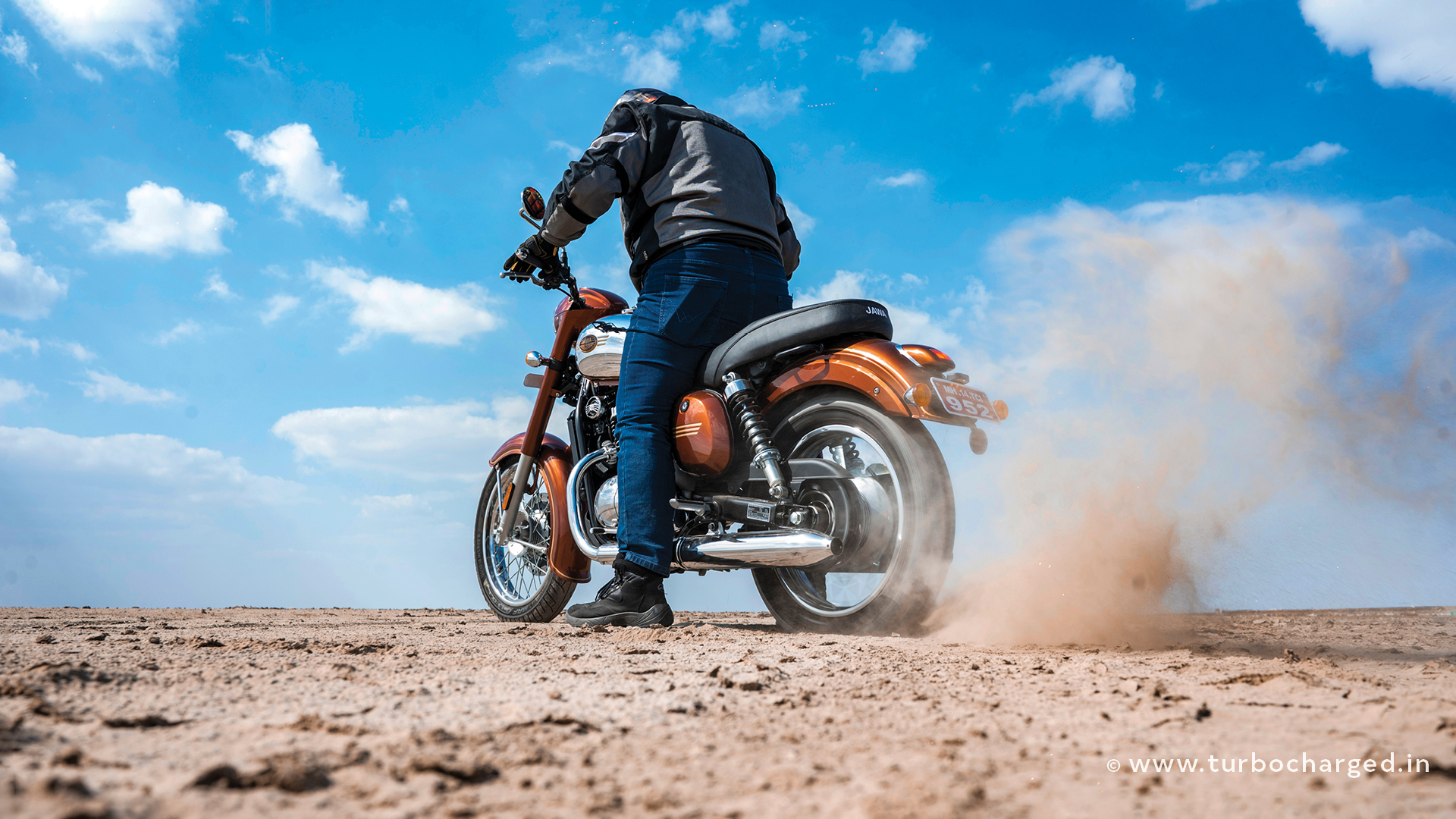
The clutch pull is softer than before and the moment you let it out, the 350 leaps forward, belying its 194kg kerb weight (22kg heavier than the Jawa Jawa). The oversquare motor is eager to rev, which is slightly out of character for a pure retro motorcycle like the Jawa 350, but I am not complaining as the 350 is a hoot to ride. The fueling on the 350 is improved as well, courtesy of the larger 38mm throttle body and a higher-pressure fuel pump. It offers good part-throttle response without any snatch at lower revs. In-gear acceleration has improved quite a bit as well, which doesn’t come as a surprise. Cruising at 80kmph in 6th gear on the arrow-straight blacktops, I experienced negligible vibes except slight buzzing through the footpegs.
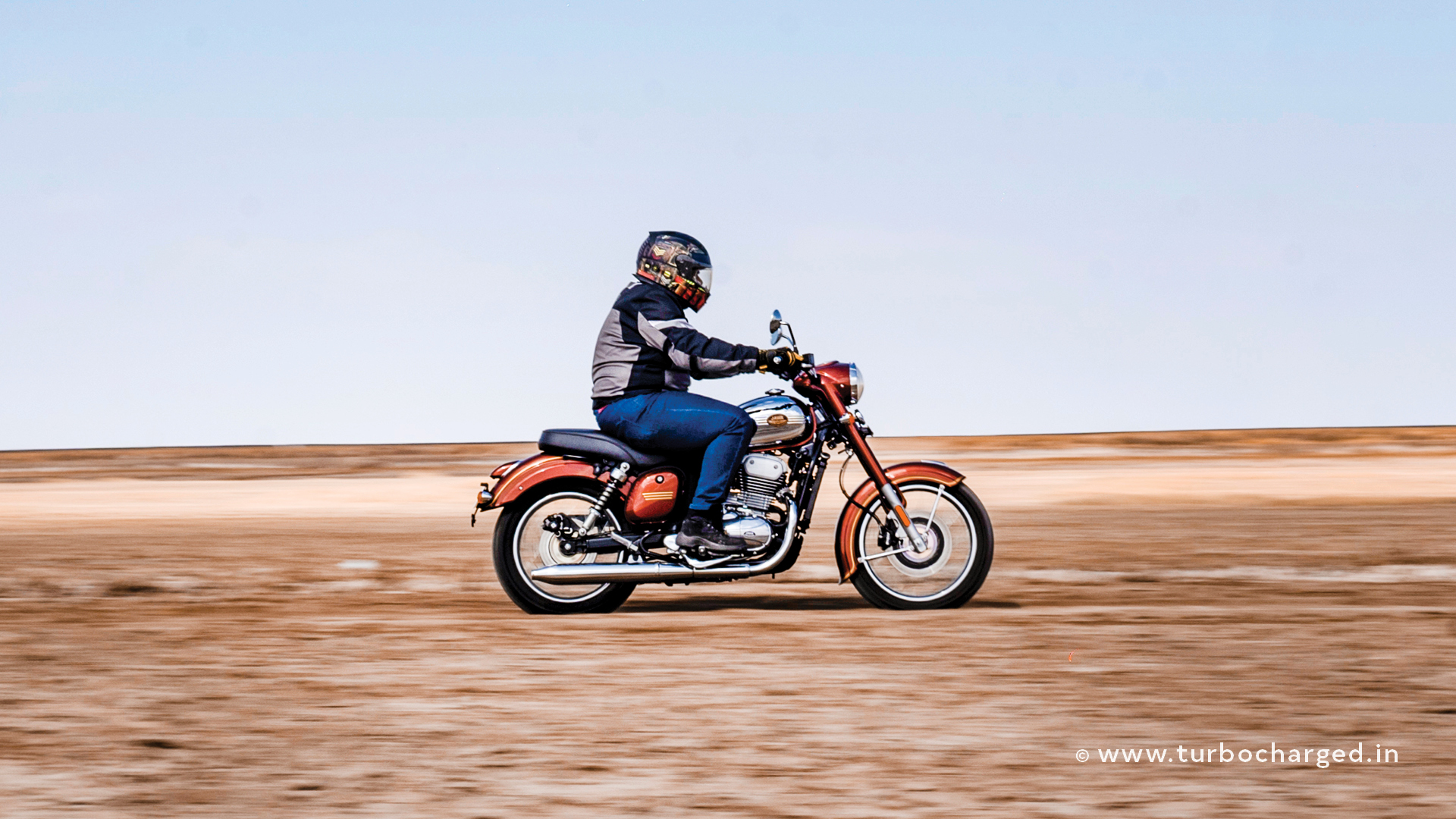
Jawa has tweaked the chassis to accommodate the larger mill while extending both suspensions. The front is now more compliant than before and soaks up road imperfections easily, but the rebound damping on the rear, though much improved from the crashy nature of the Jawa Jawa, is still a tad bit sharper than ideal. Compression damping is on the money, so a slightly softer rebound on the rear should work wonders. We did ride it off-road and over patchy tarmac without any discomfort.
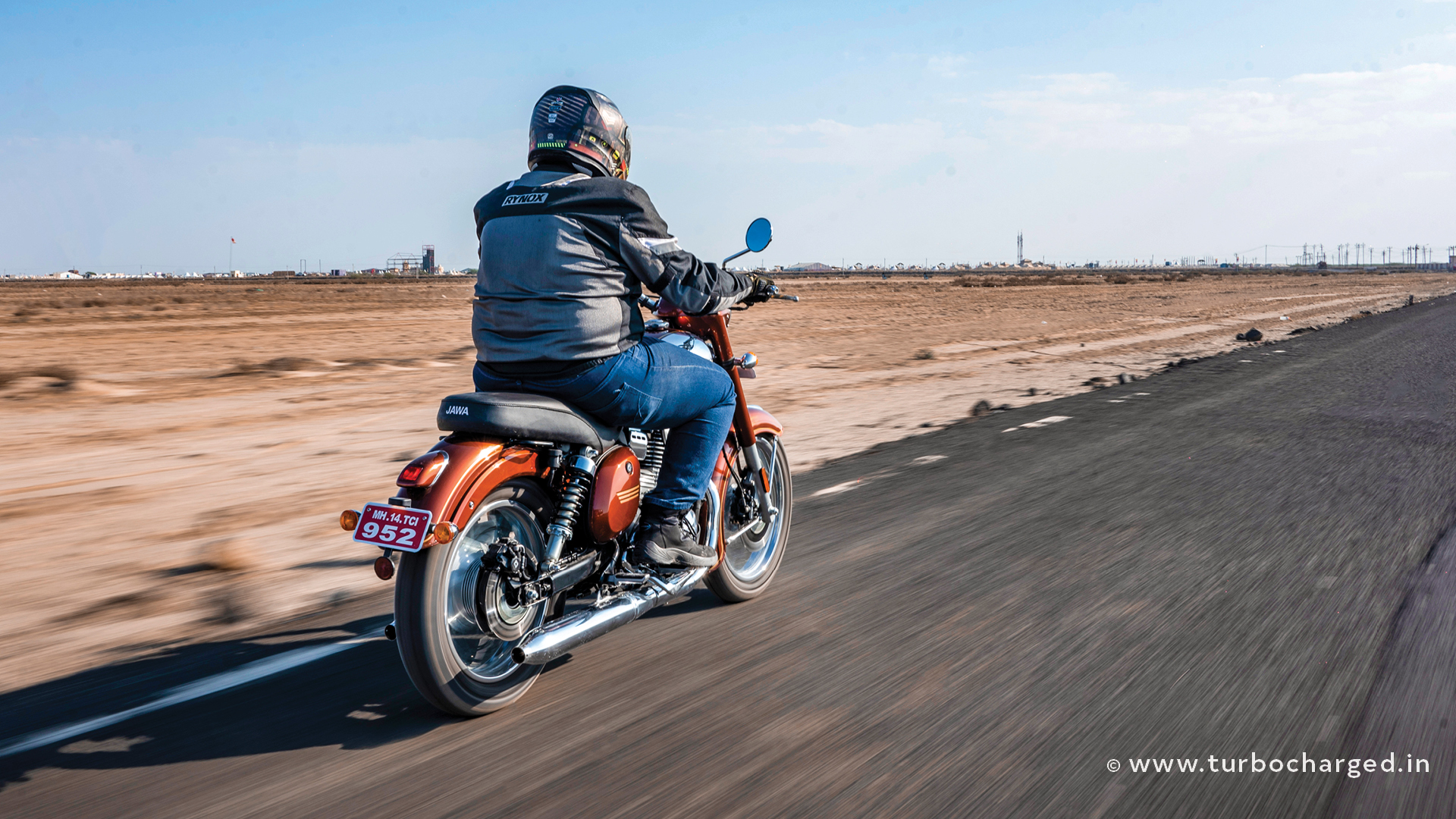
The longer suspension has in turn created a longer wheelbase, which results in lazier handling, which suits the character of the motorcycle just fine. Both tyres are wider by 10mm and it is easy to scrape the pegs if you’re not careful. The brake feel is improved thanks to higher friction pads. It now comes with dual-channel ABS as standard.
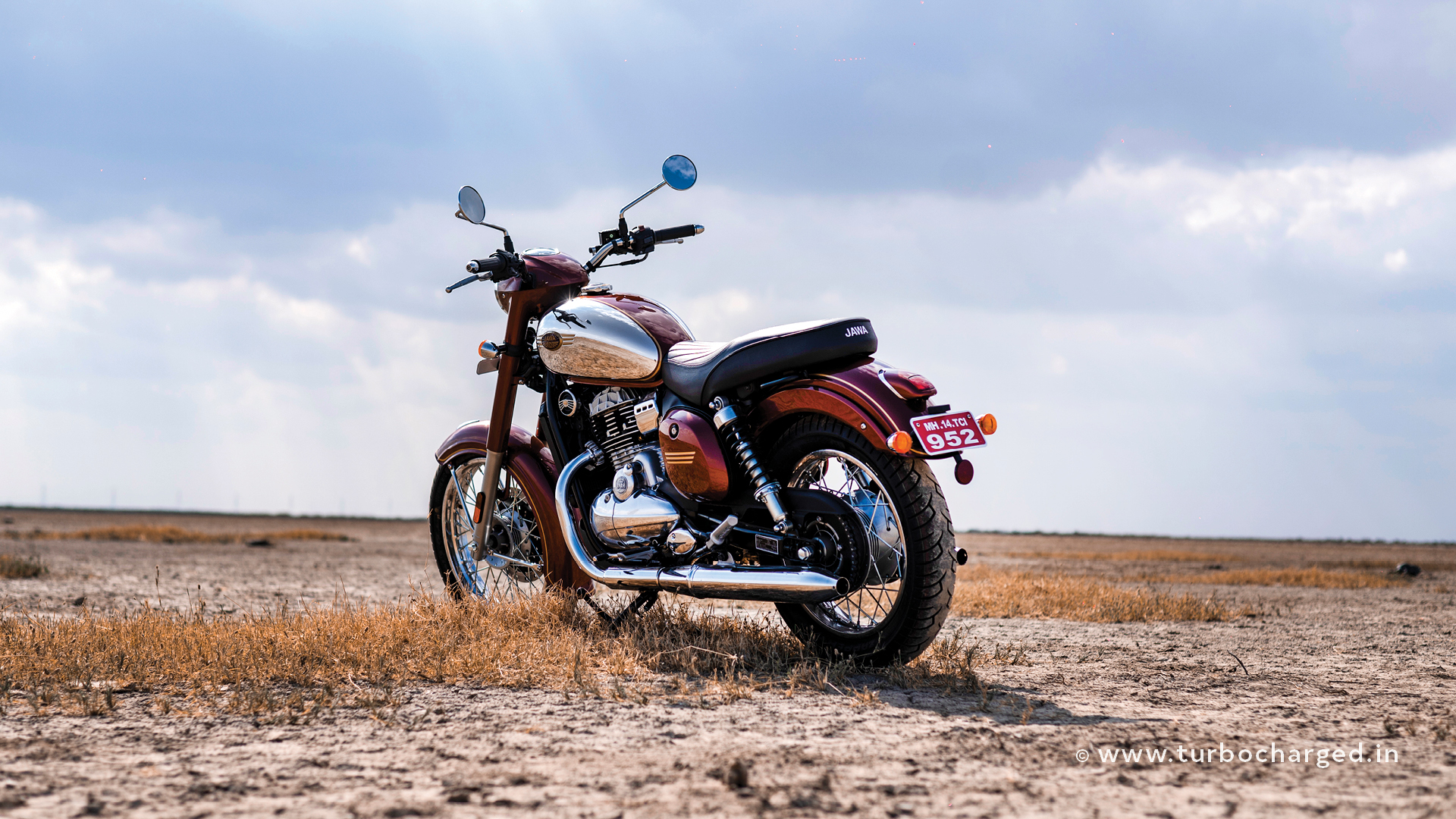
Specs and bragging rights are important, so it may not be easy for Jawa to convince prospective buyers to part with Rs 2.15 lakh of their hard-earned money, as the older Jawa Jawa started at Rs 1.82 lakh (both prices ex-showroom). But the proof of the pudding is in the eating, and a test ride is likely to convince most people. It feels like the improvements were cleverly disguised, to the point those only become apparent once astride the motorcycle. On the other hand, the charm of the Jawa 350 is completely different from the Royal Enfield Classic 350 and the Honda CB350 H’ness – its direct rivals in terms of price and performance. Jawa, instead of going the power-hungry route, has instead opted for control and restraint, which is commendable. They have managed to, dare I say, capture the essence of the original Type 353’s relaxed nature better than the Jawa Jawa ever did!





